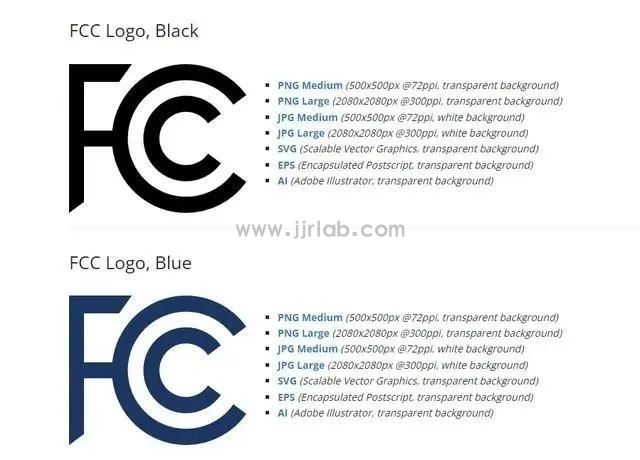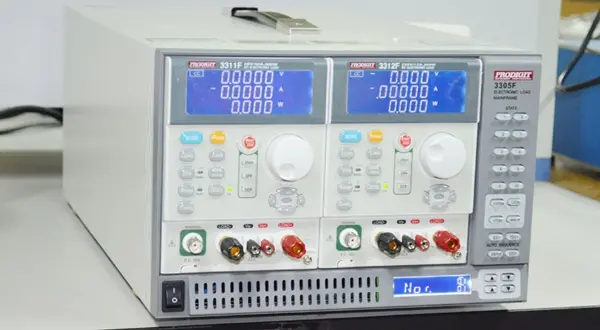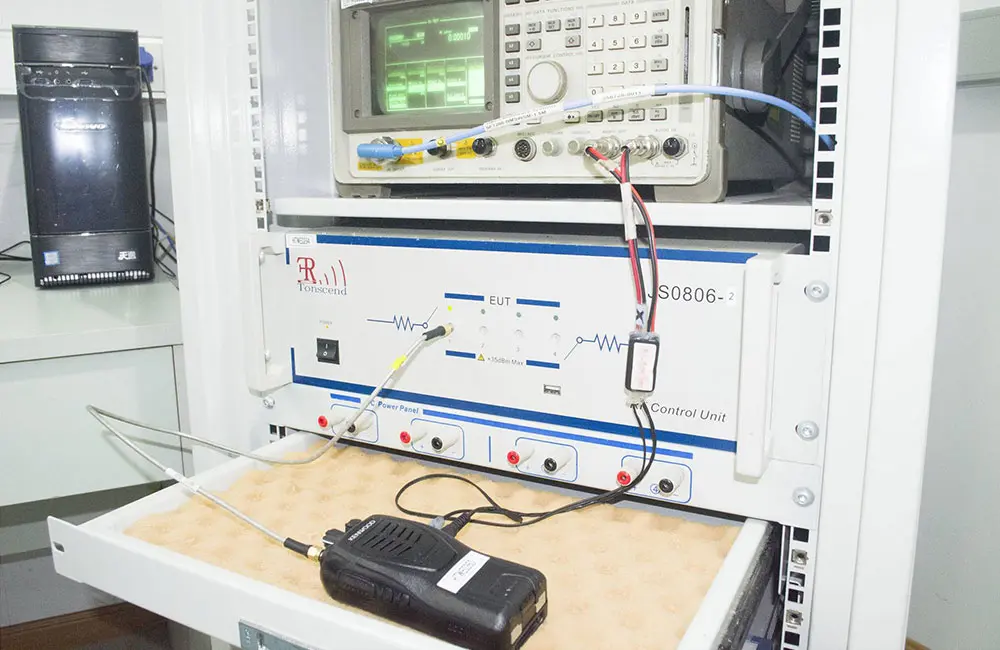
Export Certification and Compliance for Lighting Fixtures
A lamp, as a lighting product, generally refers to any device capable of providing illumination. In ancient times, humans used torches for lighting, followed by candles and oil lamps. In ancient China, a "zhu" (candle) referred to a torch made of flammable materials; a lit torch held in hand was called a "zhu", while piles of dry grass and branches placed on the ground for lighting were called "liao". "Liao" placed outside the door was known as a "da zhu" (big candle), and that placed inside the door was called a "ting liao" (courtyard candle).

The function of lighting fixtures is no longer limited to illumination; they are also like the "eyes" of a home, often serving decorative purposes. Therefore, the selection of lighting fixtures has become more complex, involving not only safety and energy efficiency but also factors such as material, type, and style. A well-designed lighting fixture can instantly become the centerpiece of interior decoration.
As electronic and electrical products, lighting fixtures have different export requirements for different regions, typically including electromagnetic compatibility (EMC), safety regulations (LVD), energy efficiency, and photobiological safety.
CE certification Standards for General Lighting Fixtures
Except for the most outdated incandescent lamps, lamps operating at frequencies above 9kHz, and all LED lamps, most lighting fixtures are subject to EMC requirements.
General Lighting Fixtures - EMC
① EN 55015:2013+A1:2015
② EN 61547:2009
③ en 61000-3-2:2014
④ EN 61000-3-3:2013
General Lighting Fixtures - LVD
① EN 60598-1:2015
② EN 60598-2-4:2018 (Portable Luminaires)
③ EN 61347-2-13-2014+A1-2016 (Drivers)
CE Certification Standards for Stage Lighting
Stage Lighting - ce emc
① en 55032:2015
② EN 55103-2:2009
③ EN 61000-3-2:2014
④ EN 61000-3-3:2013
Stage Lighting - ce lvd
· EN iec 60598-2-17:2018 / IEC 60598-2-17:2017 (Stage Lighting)
OR
· EN 60598-1:2015 (General Lighting)
LED Lamps - Blue Light and Photobiological Safety
① EN 62471:2008
② IEC/TR 62778:2014 (Photobiological Safety, required by EN 60598-1)
This standard specifies the assessment of photobiological safety for electric lamps and lighting systems (including lighting equipment). It defines exposure limits, measurement techniques, and classification systems for controlling photobiological and optical hazards. Its scope covers all luminaires and lighting systems using electric radiant light sources, including LEDs. By complying with this standard, manufacturers can implement appropriate safety measures to protect employees and consumers from physiological and photochemical effects.
Lighting Fixtures - EMF
· EN 62493:2015 (Listed under safety regulations, actually tested as part of EMC)
IEC 62493:2015 applies to the evaluation of lighting equipment related to human exposure to electromagnetic fields (EMF). The evaluation includes induced internal electric fields in the frequency range of 20 kHz to 10 MHz and Specific Absorption Rate (SAR) in the frequency range of 100 kHz to 300 MHz around the lighting equipment.
Chinese EMC Standards for Lighting Fixtures
① GB 17625.1-2012
② GB/T 17743-2017
Chinese Safety Standards for Lighting Fixtures
① GB 7000.1-2015
② GB 7000.201-2008
US fcc standards for Lighting Fixtures
· fcc part 15B - Title 47 of the Code of Federal Regulations (47 CFR 15)
canadian ic Standards for Lighting Fixtures
· ICES-005 Issue 5 December 2018
Spectrum Management and Telecommunications Interference-Causing Equipment Standard - Lighting Equipment
Email:hello@jjrlab.com
Write your message here and send it to us
 FCC ID Certification and SDoC Compliance
FCC ID Certification and SDoC Compliance
 Export Certification and Compliance for Lighting F
Export Certification and Compliance for Lighting F
 FCC Certification Resumes Issuance
FCC Certification Resumes Issuance
 Electrical Toy Safety Certification EN 62115 EMC T
Electrical Toy Safety Certification EN 62115 EMC T
 What is the UL 62368 Test Standard?
What is the UL 62368 Test Standard?
 Is CISPR 32 the same as EN 55032?
Is CISPR 32 the same as EN 55032?
 What is the difference between EN55022 and 55032?
What is the difference between EN55022 and 55032?
 What is EN 55032?
What is EN 55032?
Leave us a message
24-hour online customer service at any time to respond, so that you worry!




